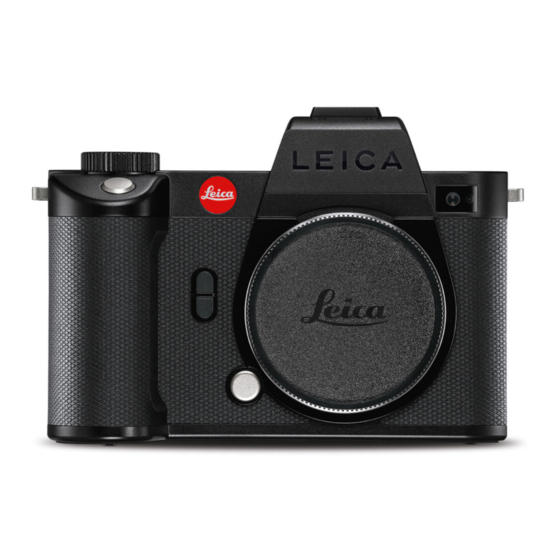
Leica SL2-S Instruction Manual
Hide thumbs
Also See for SL2-S:
- Quick start manual ,
- Instruction manual (144 pages) ,
- Instructions manual (39 pages)
Table of Contents
Advertisement
Quick Links
Advertisement
Table of Contents











Need help?
Do you have a question about the SL2-S and is the answer not in the manual?
Questions and answers